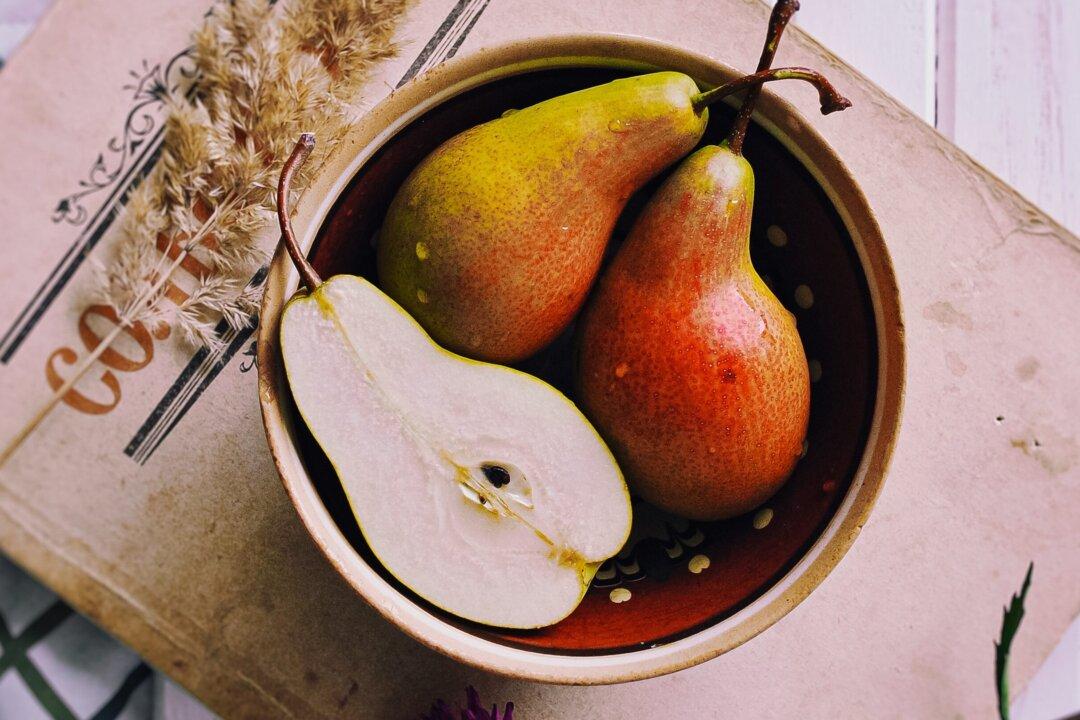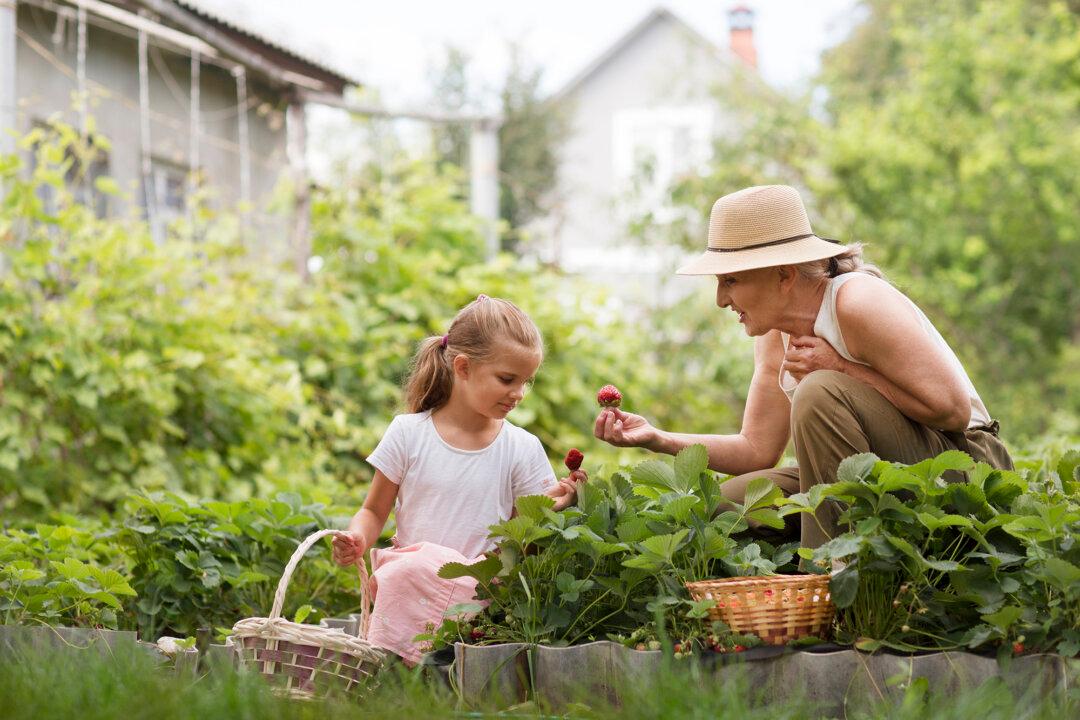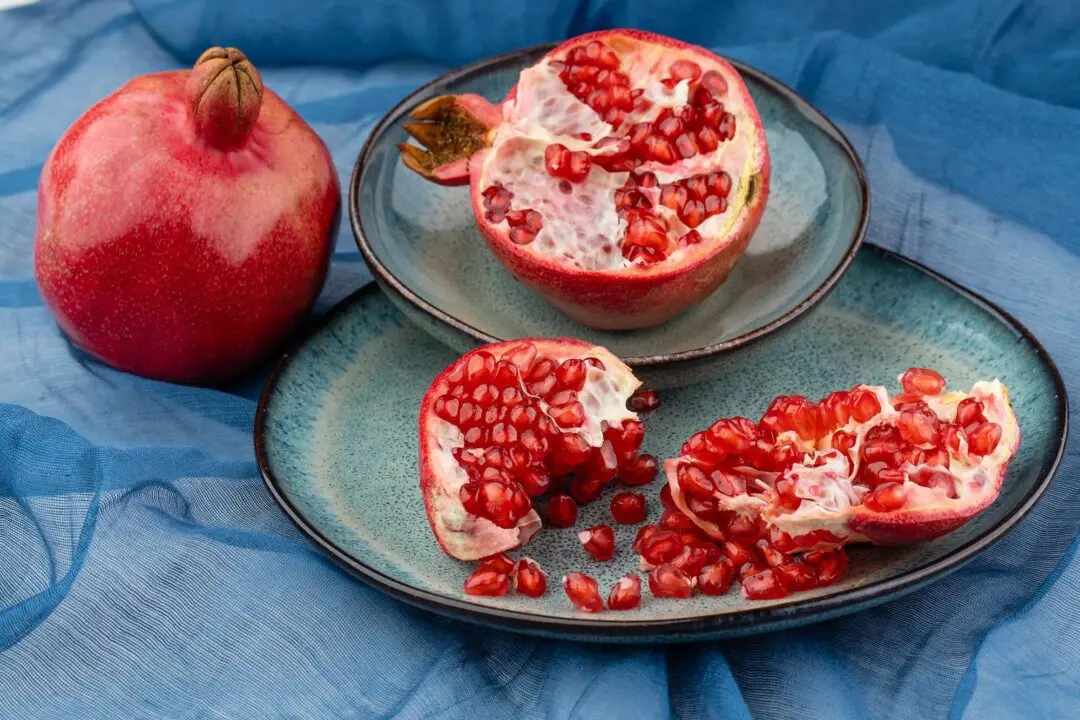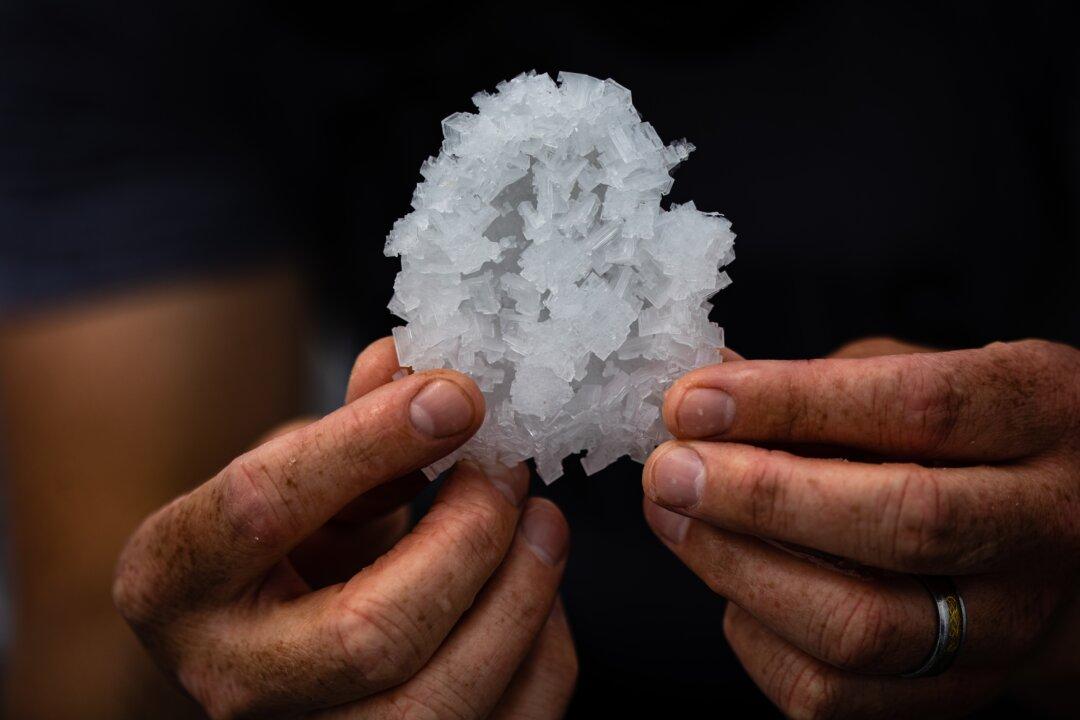Money may not grow on trees, but golden treasure does.
Though they are called green Anjou pears, the bell-shaped fruits glistening in the October morning sun on a 20-foot tree at Kiyokawa Family Orchards, in Oregon’s Hood River Valley, exhibit a topaz sheen that makes them look like foot-sized jewels.





